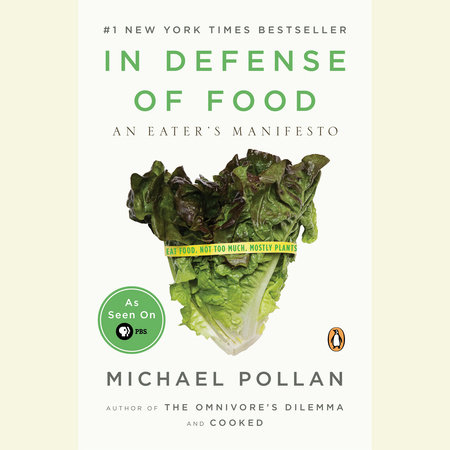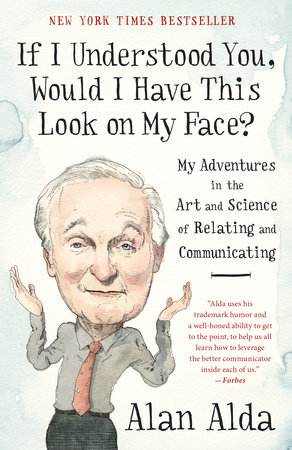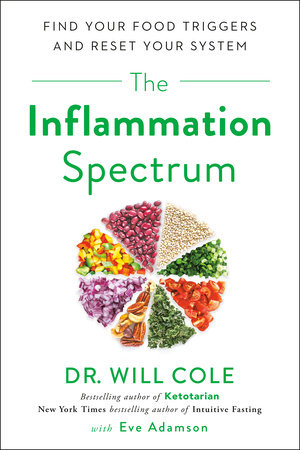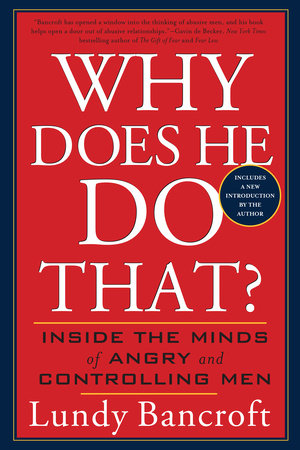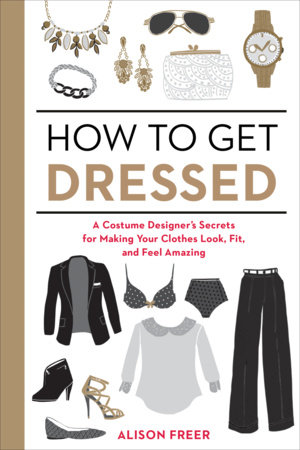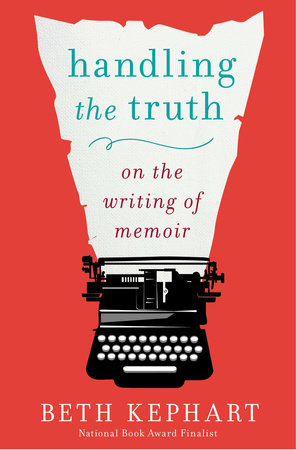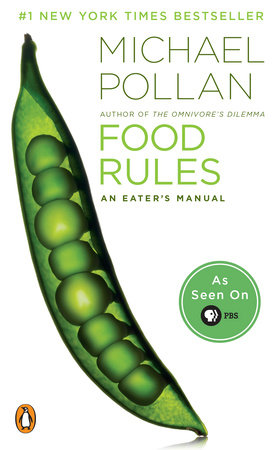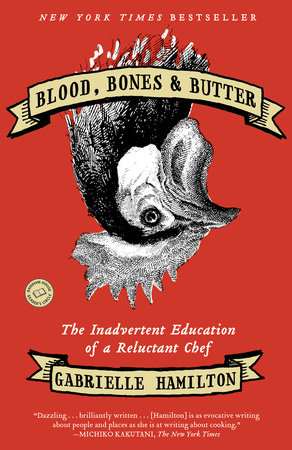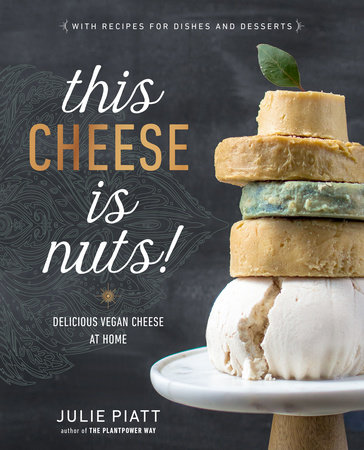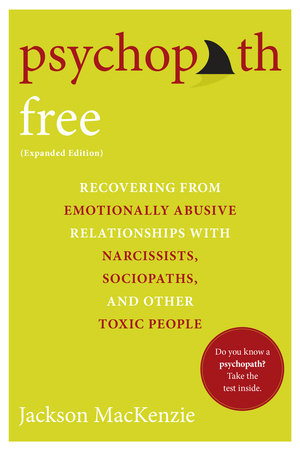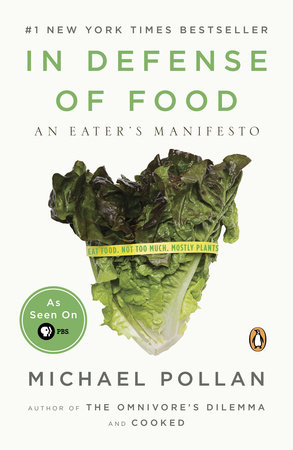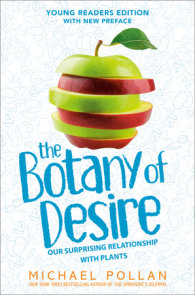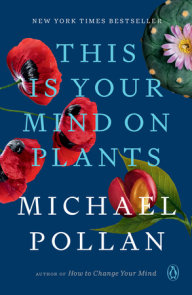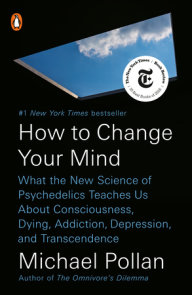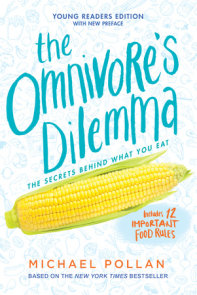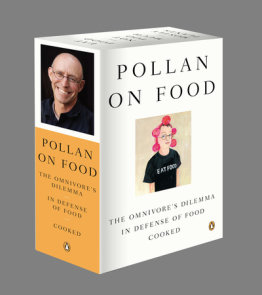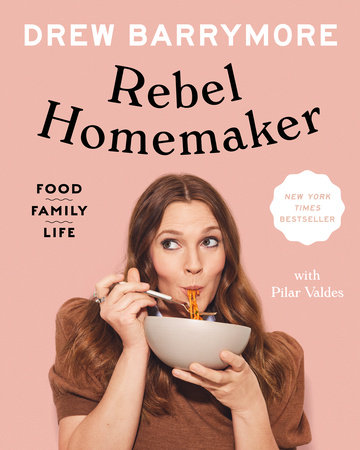Author Q&A
Why do we need to defend food?
We need to defend food by which I mean real food as opposed to processed food-like products—because it is under attack from nutrition scientists on one side, and the food industry on the other. Both encourage us to think in terms of nutrients, rather than foods, and both benefit from widespread confusion about something that should be quite simple: deciding what to eat.
Nutrition scientists are invested in the nutrient-by-nutrient approach because it’s easier to study simple nutrients rather than complex whole food. The food industry has a problem with traditional foods because it’s much more profitable design novel food products. So the manufacturers add complexity and convenience and do just about everything to our food except ever leave well enough alone. In fact, the scientists and the manufacturers are often allies. Both promote this idea that nutrients matter more than foods. Typically, the nutrition scientists highlight some amazingly important new nutrient, and then the manufacturers rush to reformulate food products to have more of that nutrient, so they can slap a health claim on it.
Your last book The Omnivore’s Dilemma was published in 2006. When did you start writing this new book and what was the impetus behind it?
I started researching In Defense of Food immediately after publishing The Omnivore’s Dilemma. As I traveled across the country talking about that book, I found that readers were, first, astounded to learn what they were eating, and second, eager to know how they might change the way they eat. I was surprised to discover how confused so many of us are about this most elemental of creaturely activities: figuring out a healthy diet. So I began researching the whole question of food and health to see if I could come up with a few simple rules of eating. To my surprise, I discovered that the scientists had less to teach us about eating healthfully than I expected—that the science of nutrition is still a very primitive science—and that there is a much more reliable source of wisdom on the subject. That wisdom is in the form of traditional foods, cuisines, and food cultures, which are the product of hundreds, if not thousands, of years of trial and error figuring out how to keep people healthy using whatever grows in a specific place. Culture has more to teach us about how to eat well than science. That was a big surprise to me.
The Omnivore’s Dilemma clearly struck a nerve with readers. It not only was a national bestseller and named a best book of the year by 5 publications including the New York Times, but it also galvanized a new national conversation on food, as evidenced by regular news articles and food pieces that cite your book. Did the response surprise you?
I was flabbergasted by the response. It told me that the culture was read to have a new conversation about food, and that people were deeply troubled by the American way of eating. You never know when you start a book just where the culture will be when you finish it. But between the obesity epidemic, food safety issues (like e coli and mad cow disease), concern about animal welfare, and a growing recognition that the American way of eating is making us sick, people seem ready to take a good hard look, both at the system as a whole and, even more importantly, at their own approach to food. The Omnivore’s Dilemma was very much about the food system; this book is about the individual eater—and we don’t have to wait for the system to change to change the way we eat. As a matter of fact, by changing the way we eat, we’ll not only be healthier, but our food dollars will bring about change in the larger system. This is one of those cases where the personal is political, and to do the right thing for yourself is to do the right thing for the land, the farmers, the animals. We don’t get too many opportunities like that.
You call this book a manifesto and indeed it is much more opinionated and programmatic than your other books. Was it difficult for you to write this way?
It was actually surprising easy to write this way. Since The Omnivore’s Dilemma, I’ve been engaged in a kind of conversation with my readers, both in person and on-line, and this book flowed naturally out of that give-and-take. It’s a conversational book, both in tone and in conception. Researching The Omnivore’s Dilemma gave me a thoroughgoing education in how the American food system works, so the question naturally arises: what are the practical implications of that knowledge for how one should eat? What I learned fundamentally changed the way I eat; this book is my attempt to share that with readers.
What is “Nutritionism” and why is it good for the food industry but bad for our health?
Nutritionism is the predominant ideology about food in America. It’s not a science but a set of unexamined assumptions about food that shape our thinking about it without our even being aware. The first assumption is that a food is a collection of nutrients, and that it’s the nutrients that matter. Since nutrients are invisible—or visible only to scientists—it follows that we need expert help in order to eat properly. So nutritionism underwrites the power of nutrition scientists and food scientists and government—the implication is, it’s so complicated we can’t eat without their help and advice. Another equally destructive assumption of nutritionism is that the whole point of eating is to advance our physical health. This is a very narrow and novel idea that, ironically, has done nothing to improve our health. To the contrary, our obsession with eating healthily—with nutritionism—has coincided with a decline in dietary health—with the explosion of obesity and diabetes over the past 25 years. Nutritionism is ruining our health, not to mention our meals.
One of my goals in In Defense of Food is to offer the perspective of the visitor from Mars, the outsider who can step back and recognize the absurdities of nutritionist thinking, and remind people it wasn’t always this way, that eating is also about pleasure and community and engaging with nature, and that we can escape from the straitjacket of nutritionism. This is why I believe it’s much to my advantage I have no professional training in nutrition. That training is an indoctrination in nutritionism.
How is the “Western Diet” making us sick?
We don’t know, exactly. What we do know is this: the Western Diet is responsible for the fact that people who eat as we do—lots of refined carbohydrates, lots of processed foods and meat, lots of everything except fruits, vegetables, and whole grains—suffer much higher rates of obesity, diabetes, heart disease, cancer, and other diet-related diseases than people who eat any number of more traditional diets.
We don’t know the exact mechanism by which our diet is making us sick—whether it’s all the fat in the diet, the meat or the refined carbohydrates, or the sheer abundance of calories. Scientists disagree. But this uncertainty need not hang us up. We don’t need to know why this is happened to know that it is happening and, very simply, that if we’re concerned about our health we should and can stop eating this way. Because we also know that by escaping from the Western Diet we can reverse the health problems associated with it. This is stunningly hopeful news. Let the scientists argue about what in the Western diet is making us sick. Much more important is to simply stop eating that way.
You boil down your advice for better eating to 7 words: “Eat food. Not too much. Mostly plants.” It sounds simple but how do you apply that advice in today’s culture of fast food and packaged food?
The challenge is to know what food is and isn’t, because if you’re eating food, you’re probably going to be ok. In Defense Of Food offers several handy tests for distinguishing between food and food products. For example, if your great grandmother wouldn’t recognize something as food, it probably isn’t. If it contains more than five ingredients, or contains high fructose corn syrup, or has ingredients you can’t pronounce, it probably isn’t food.
Fortunately, there is still plenty of food in the supermarket if you know where to look for it. You find most of it on the perimeter of the store—the produce, meat, fish, and dairy sections. The processed and packaged food fills the middle aisles. So for starters, shop the periphery of the store and stay out of the middle. But, even better, get out of the supermarket entirely whenever you can. At the farmer’s market you’ll find nothing but real food—nothing processed, nothing hydrogenated, no high-fructose corn syrup. You can’t go wrong.
There are similar rules for how to eat “mostly plants” and “not too much” —for example, eat at a table; you’re much more likely to snack and binge when you eat alone in the car or in front of the TV.
You are critical of nutrition scientists. How do you think they’ve gone wrong?
The nutrition scientists and food marketers have gone wrong by misconstruing food and our relationship to it. By falling into the trap of nutritionism, and making sweeping health claims based on the skimpiest scientific evidence, they have changed the way we eat—for the worse. Ever since they sold us on low-fat food, we’ve been getting fatter. Why? Because it turns out fat was never quite the problem they thought it was in the first place, and then the promotion of low-fat foods as “good for you” led people to believe they could eat all they wanted as long as the package said “low-fat.” This is why the alliance between nutritionists and food marketers is so insidious—the marketers take scraps of science and turn them into reasons we should eat more of their products.
You recommend shopping at farmers’ markets or joining a CSA (Community Sponsored Agriculture) where you get a share of a local farmer’s produce on a regular basis. But is this practical for most people in this country? What if you don’t live in an area that doesn’t have these opportunities?
It’s true that not all of us have the option of forsaking the supermarket for the farmer’s market or CSA. But farmer’s markets are the fasting growing segment of the food marketplace today, so if there isn’t one in your area, there will be soon. But as I mentioned, there’s still real food for sale in the supermarket—and increasingly, there’s organic and local food there too. There’s plenty of real food at Whole Foods, of course, and even Wal-Mart is now selling organic food. If it’s not available locally, you can order excellent grass-fed meat over the internet. We have more choice than we’ve had in at least a generation.
As I was writing the book, it occurred to me that offering the same advice thirty or forty years ago would have been crazy. To eat the way I propose would have meant leaving civilization, going back to the land to grow your own food. In the 1960s there was virtually no way to get wholesome food that had been well grown in healthy soils without going to great lengths or growing it yourself. Back then, this book would have been the manifesto of a crackpot!
We’re blessed to be living in the middle—or perhaps near the beginning—of a revolution in the way our food is produced and sold. Consumers have demonstrated to producers that they’re willing to pay a premium for food that is grown and prepared with care. The good news is that finding real food is only going to get easier in America.
Real food is, it must be said, often more expensive and often takes more time to prepare than fake food. So eating well is not just a matter of shopping differently. It means living differently too. It means being willing to—gasp!—cook. There’s no question that eating well means putting more into food—more money and more time. But the half-century-long experiment in outsourcing food preparation to corporations has failed us. Also, I think we’ve been sold a bill of goods when food marketers suggest we’re too busy to do anything but buy their processed products—I don’t buy this idea we don’t have time to cook, or that cooking is so incredibly difficult it’s best treated as a spectator sport on television. Or that we don’t even have time to eat meals, so buy our car-friendly food products. This is such a crock! You can put an excellent meal on the table in twenty minutes. The fact is, people find the time—and the money—for the things they value. We have been devaluing food, with disastrous results for our health and our happiness. What we need to do is put food back where it once was: a little closer to the center of a well-lived life.
You’re not a fan of the “low-fat” diet. What’s wrong with it?
For starters, it was based on faulty science. To demonize fats is to demonize an essential—not to mention very tasty—nutrient. The habit of demonizing one nutrient and elevating another is nutritionism at its worst, and leads to food fads and food phobias—to neurotic eating. Now we’re demonizing the carbohydrate and rehabilitating fat. These swings of the nutritional pendulum are destructive of both our health and happiness. Whatever nutrient we’ve decide is “good” we end up eating in excess. That’s why the food industry loves “low fat” or “low carb” equally well—they become an excuse for eating and selling more food.
What’s your favorite weekday meal to cook for your family and how long does it take you to make it?
My favorite weekday meal in the summer would be local salmon grilled on the barbecue with vegetables from the garden—grilled summer squash or broccoli or eggplant. With that we might have soba noodles or rice. And of course wine! We can get a dinner like that on the table in 20 minutes, tops.
In the winter, we make a lot of soups and stews. These take a little longer: maybe an hour of cutting and chopping at lunch time, and then a long, slow (unattended) simmer during the afternoon. This will give us at least one dinner plus a couple of lunches, so the minutes-per-meal is actually quite low.
